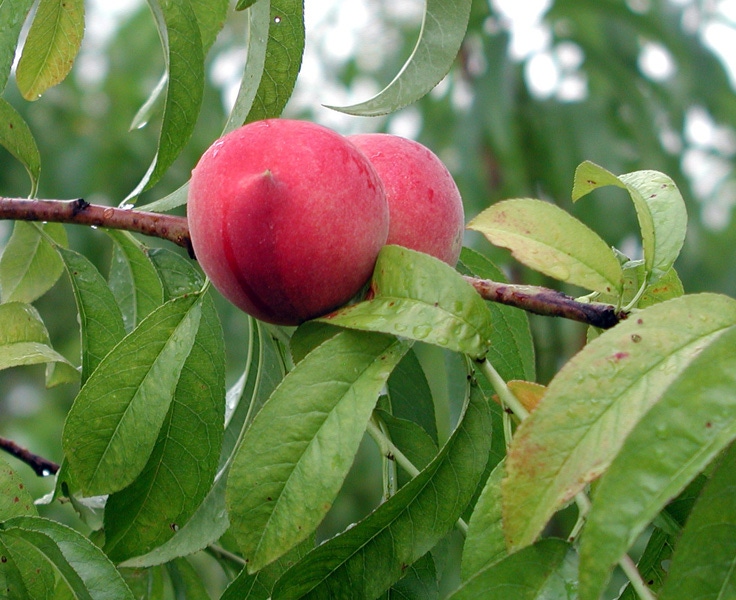October 29, 2013

South Carolina peach farmer Chalmers Carr says labor is his most costly expense, and reform of federal farm labor programs is essential to the future sustainability of U.S. agriculture.
“Labor is our No. 1 input expense by far. Forty percent of our cost of production is labor and without labor we could not harvest these crops. You cannot thin, harvest and pack peaches without manually having hands. There is no machinery that can do this. Same thing with bell pepper and broccoli,” Carr said.
Carr uses the federal H-2A program to bring in more than 500 farm laborers from Mexico to trim trees and to harvest and pack more than 2 million boxes of his peaches each year.
“We have to prove there is a labor shortage and there are no U.S. workers able to do the jobs that we have. Then we have to go through a certification process, the application process to get the workers over her and that can take 45 to 60 days,” he said.
But the system has problems for both the workers and growers who say the program is cumbersome. It is not widely used. Carr said every other year there are delays in getting his workforce on farm, and with a time-sensitive crop like peaches, that can be the difference in making money and not making money.
One way or the other, fruits and vegetables are going to be harvested by foreign nationals, Carr said. What people in the U.S. and the federal and state governments need to ask themselves is whether they want that produce grown and picked in the U.S., which boasts the best food safety system in the world. Or, do they want that produce grown and harvested and then shipped to the U.S. from a country that doesn’t have the strict food safety protocols.
“That isn’t rhetoric that is the truth,” he said.
You May Also Like




